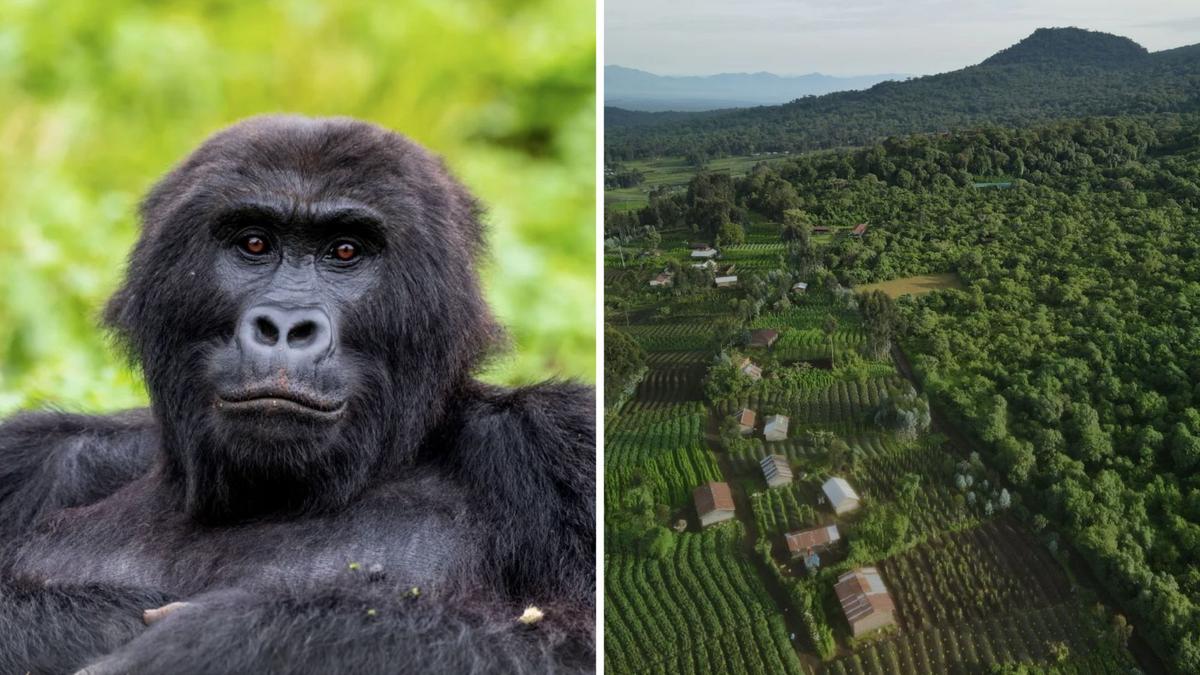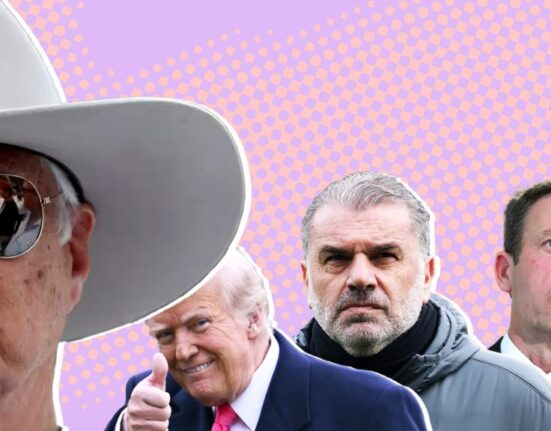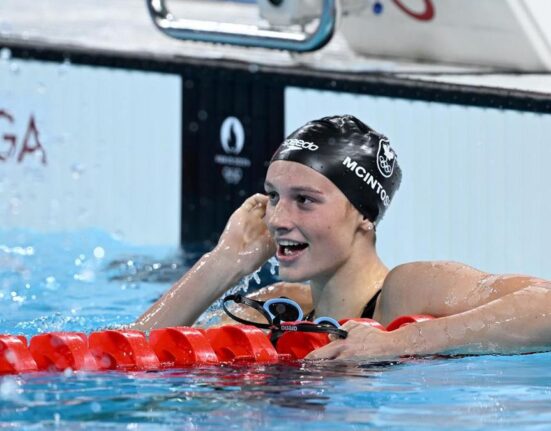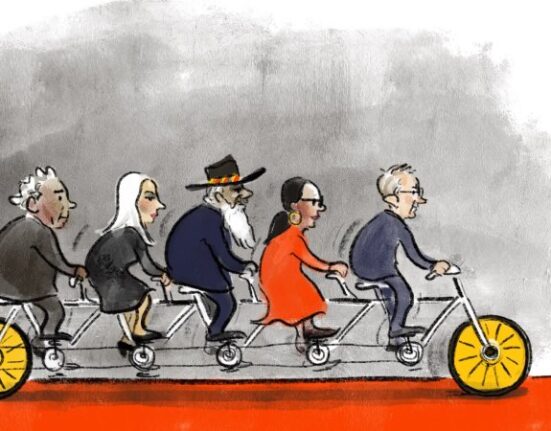Last October, four female eastern lowland gorillas embarked on a remarkable journey that would change their lives and possibly alter the fate of their species. Airlifted from their original home in Kasuhgo, the Democratic Republic of Congo (DRC), they were released into the vast expanse of Virunga National Park, 40 miles away. This historic translocation marked a significant milestone in conservation efforts, as these gorillas were not just any individuals — they were survivors of the illegal wildlife trade, rescued as babies, and nurtured back to health at the Gorilla Rehabilitation and Conservation Education Centre (GRACE).
The females, named Isangi, Lulingu, Mapendo, and Ndjingala, aged between 10 and 21 years old, had undergone a long and intensive rehabilitation process at GRACE, where they learned essential skills like foraging and socializing. Their release into the wild was a carefully orchestrated event, taking place on Mount Tshiaberimu, a majestic peak within Virunga National Park. Initially kept in a fenced enclosure, the gorillas surprised everyone by adapting to their new surroundings much faster than anticipated.
The turning point came with the arrival of Mwasa, a charismatic wild silverback who captured the females’ attention with his displays of strength and charisma. Their interactions with Mwasa signaled their readiness to join the wild gorilla group roaming free outside the enclosure. The fence was cut, and the females stepped into their new life in the mountains, embracing a diet of bamboo shoots and native plants, navigating the steep terrain with grace.
Months passed, and the monitoring team observed the females thriving in their natural habitat, displaying no signs of stress but rather boasting healthy coats and satisfied bellies. The most thrilling moment came when Mwasa began mating with Ndjingala, sparking hopes for the birth of a new generation of gorillas. This potential offspring would not only be a beacon of hope for the species but also a testament to the success of the reintroduction project.
The significance of this endeavor goes beyond the individual gorillas involved. It represents a critical step in bolstering the eastern lowland gorilla population, which faces dire circumstances due to habitat loss, poaching, and human-wildlife conflict. The success of this reintroduction project offers a glimmer of hope for the conservation of Grauer’s gorillas across eastern DRC, shedding light on the importance of long-term rehabilitation and strategic translocations to ensure the survival of endangered species.
The challenges within Virunga National Park, plagued by decades of armed conflict and threats to rangers, underscore the delicate balance between conservation efforts and human interests. Community involvement and sustainable practices are key to safeguarding gorilla habitats and ensuring peaceful coexistence between wildlife and local populations. The reintroduction of the four female gorillas serves as a beacon of progress in the ongoing battle to protect these magnificent creatures and their fragile ecosystems.
As we celebrate this remarkable achievement, it is essential to recognize that the journey towards conservation is ongoing. Forest protection, community engagement, and sustainable practices are vital components of preserving gorilla populations and their habitats for future generations. The successful integration of these gorillas into the wild is a testament to the dedication and collaborative efforts of conservationists, scientists, and local communities working towards a shared goal of safeguarding our planet’s biodiversity.
In the verdant mountains of Virunga National Park, a new chapter unfolds for Isangi, Lulingu, Mapendo, Ndjingala, and Mwasa, symbolizing resilience, hope, and the enduring bond between humans and wildlife. The echoes of their calls reverberate through the lush forests, a reminder of the interconnectedness of all living beings and the importance of our collective responsibility to protect and cherish the natural world.









Leave feedback about this